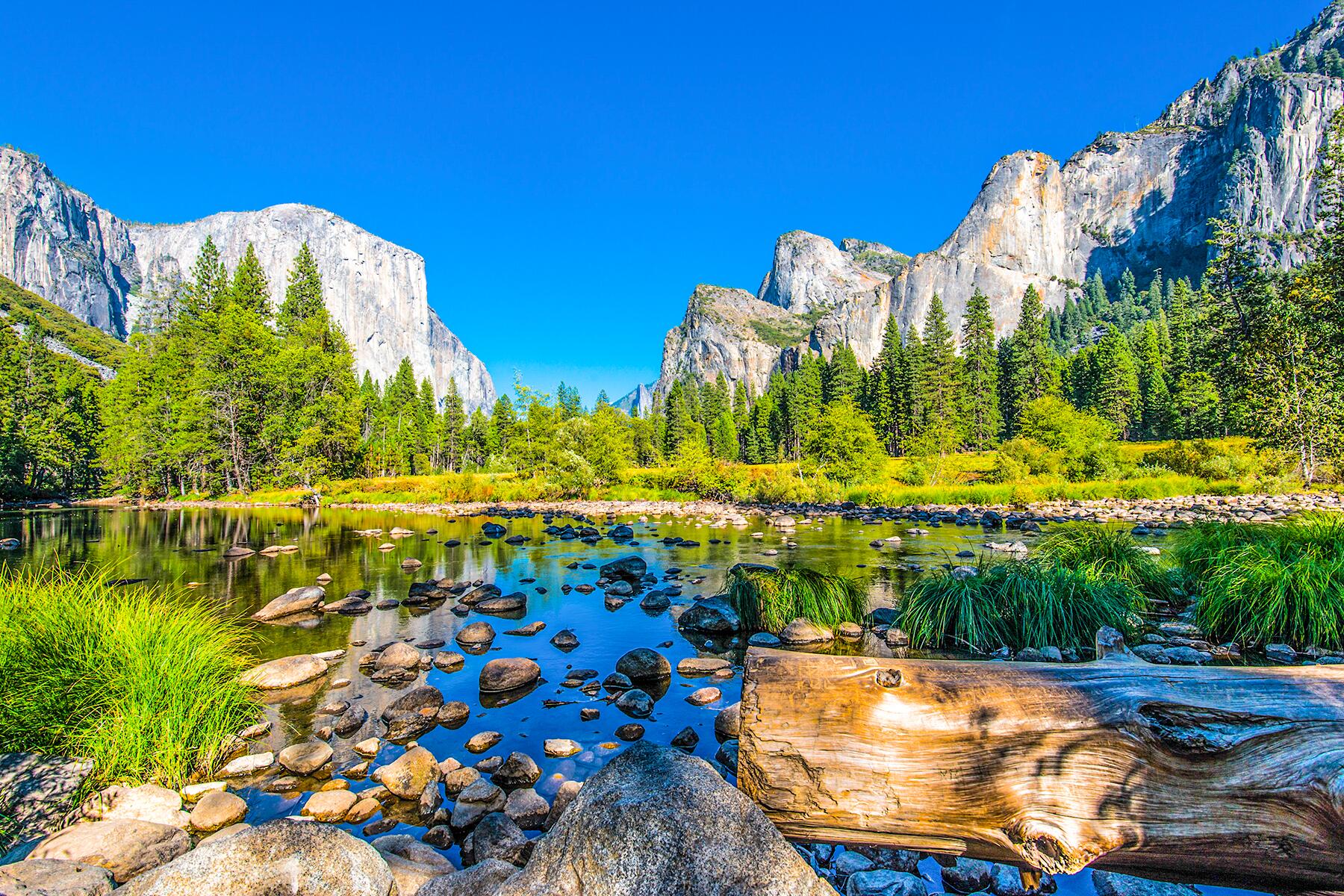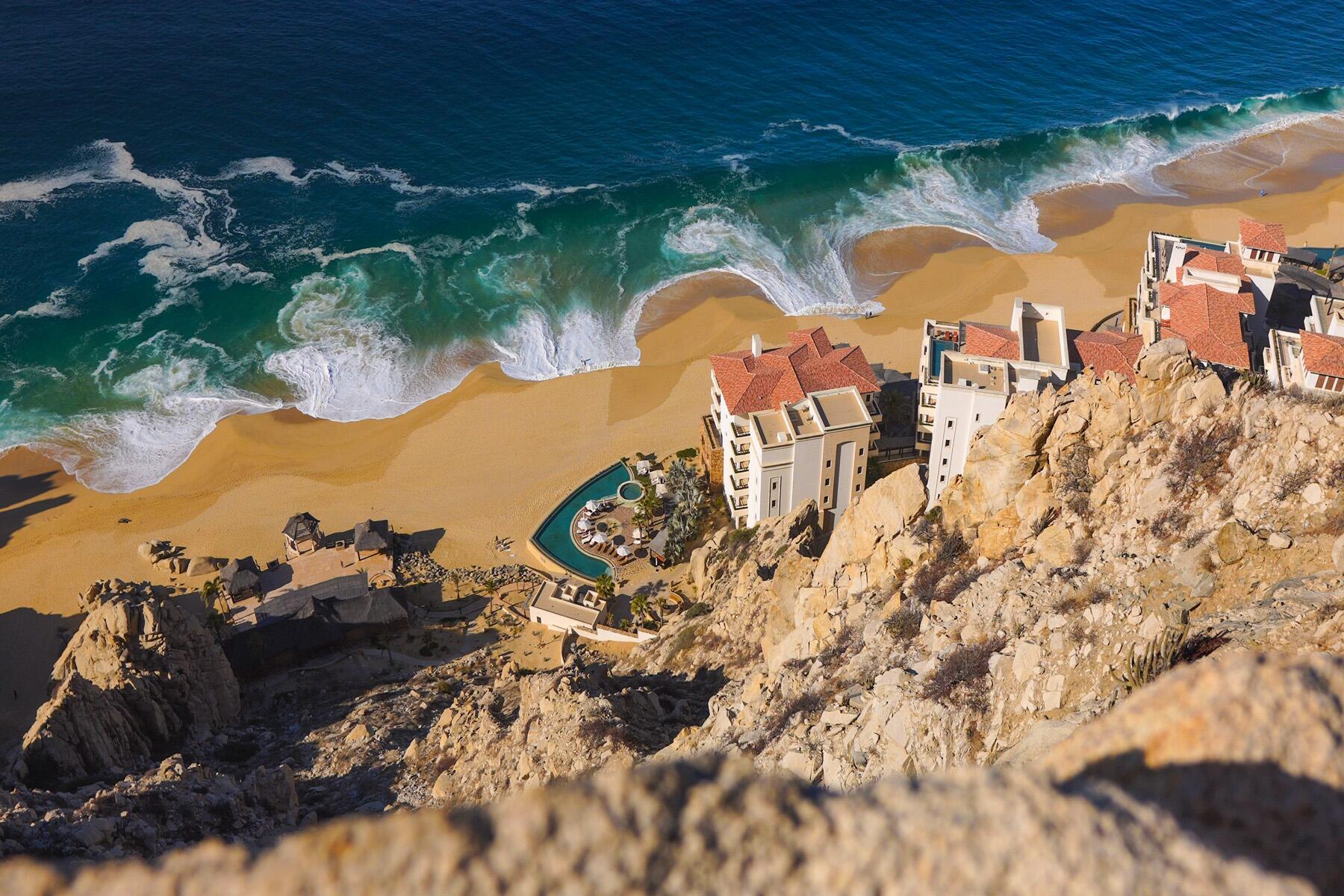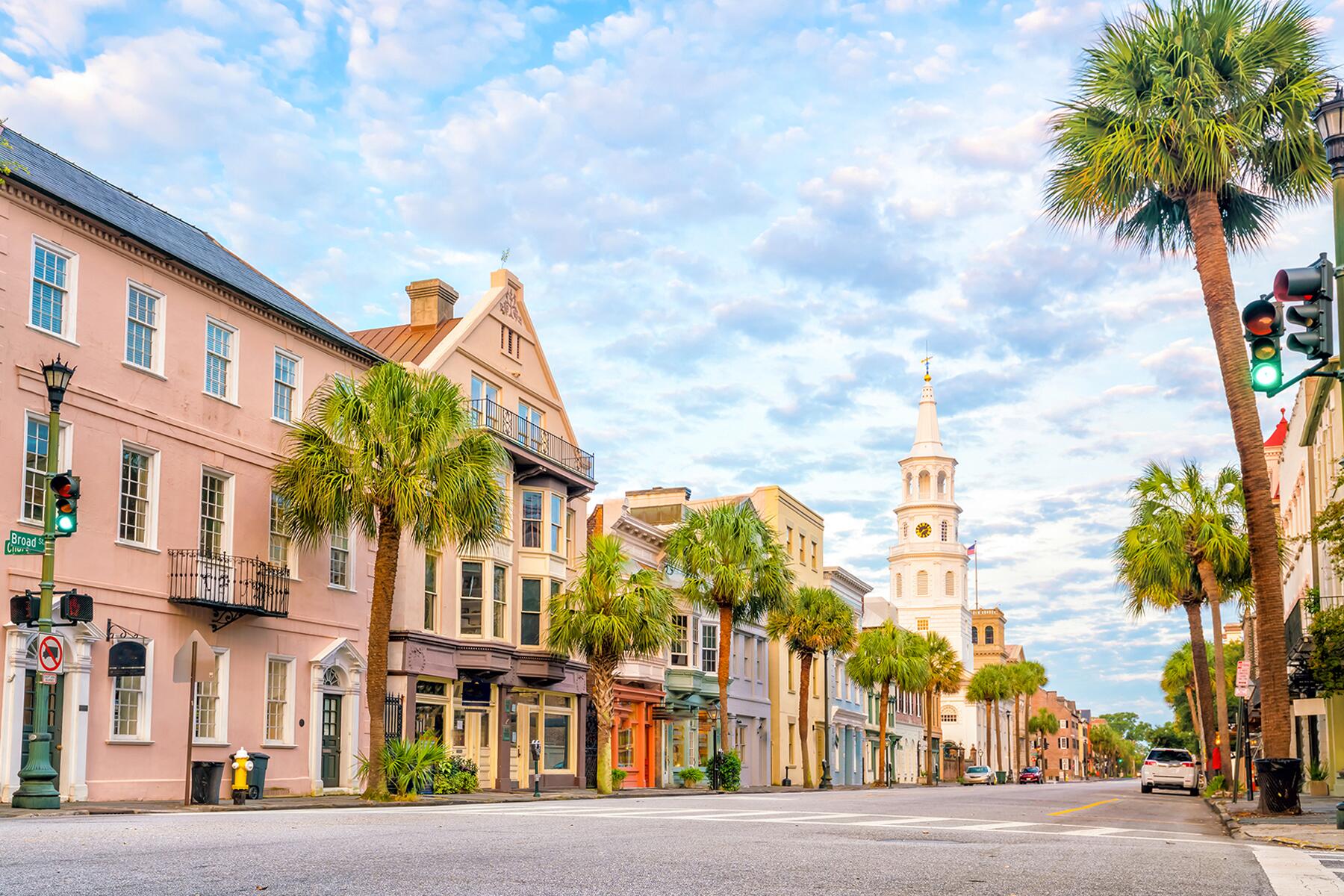Anchored in frontier history, these small towns possess thoroughly modern charms.
Some places are bestowed with an abundance of blessings, and when it comes to small towns, one of those places is the Shenandoah Valley. This legendary valley splices down western Virginia (and a bit of West Virginia’s panhandle), a plush green expanse snaked by the legendary Shenandoah River and snuggled between the soft, rolling hills of the Blue Ridge and Alleghenies. Once the fledgling nation’s frontier and the scene of divisive Civil War battles, today its towns embrace the outdoor life, anchored by Shenandoah National Park; foodie restaurants, thanks to an abundance of local farmers and producers; vintage architecture; wine and beer trails; artsy galleries; and so much more. Whether you like to hike, eat, kayak, shop, wine-taste (or beer), admire historic buildings, shop, go to the theater, or simply soak in small-town charm, the Shenandoah Valley’s towns will enthrall you. Here are 10 of the most enchanting, from north to south.
INSIDER TIPI-81 races down the 140-mile-long valley, probably the prettiest interstate around. But to truly slow down, strike out on US 11, which takes you into the hearts of most of the small towns.





